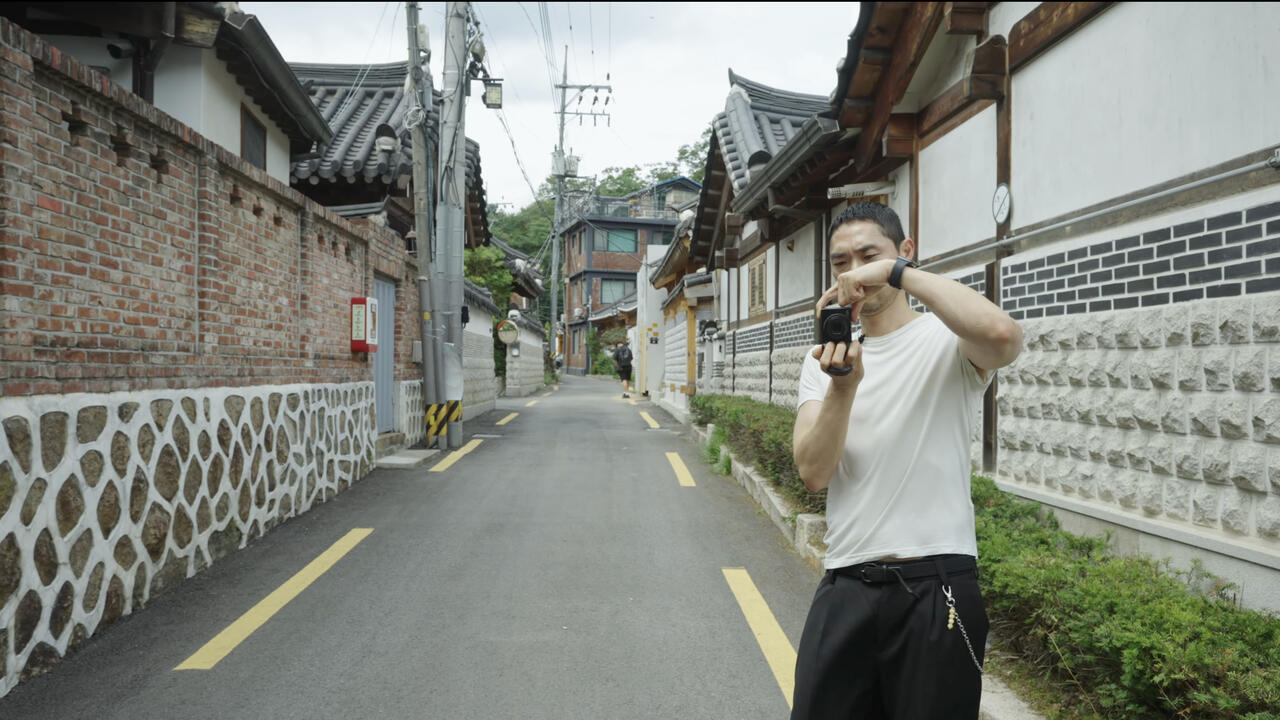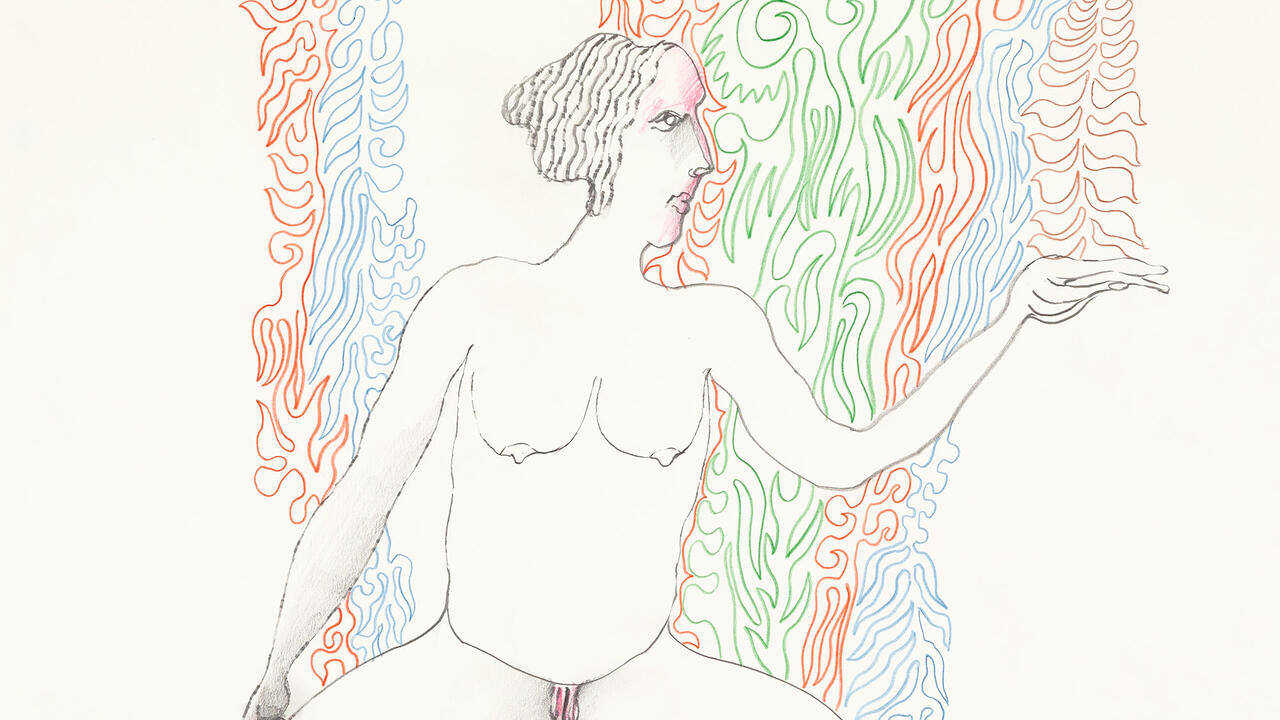Mauro Vignando

There is something both intriguing and disturbing about minimal sculpture. As appealing as its essential bareness might be, it usually offers little room for titles or context. Complex background explanations seem arbitrary and as unnecessary as the ornaments the work itself has dispensed with. It’s a dilemma that loomed, to a degree, over Italian artist Mauro Vignando’s solo show at Cripta747, ‘Opere Cartesiane’ (Cartesian Works).
Cripta747 is an artist-run space in one of Turin’s labyrinthine historic buildings, its programme a mix of solo shows of emerging Italian artists and live music. While the gallery’s office faces a 19th-century shopping arcade, the exhibition space is underground, and fills a seemingly inexhaustible series of hallways and rooms. To enter the gallery to see ‘Opere Cartesiane’ the visitor had to walk through the office; two video projectors beamed overlapping blue screens on its wall (all works, except otherwise mentioned, are Untitled, 2012). It took a split second to realize that the video wasn’t malfunctioning: the colour’s doubled intensity, and the frame suggested by the tilted margin where the projections don’t overlap, lent a pictorial quality to what initially appeared to be a monochrome.
The walls of the main underground space were lined with five boards, cut and reassembled into geometric patterns, recalling the popular ornaments commonly seen on postwar bed headboards. Across the hallway, a two-coloured sphere on the floor was composed of eight sliced up bowling balls. This wasn’t immediately apparent; the almost imperceptible tonal shifts between each section could have been ascribed to the dim lighting.
The intersecting circumferences of the bowling balls formed the structure of an ambient intervention in the adjoining room. Three orthogonal planes were extended from a single point in the room, projecting three continuous lines on the walls, ceiling and floor, akin to a three-dimensional reference grid carved on each surface. The lines appeared to be irregular because of the slanted angle of the grid; the confusion between their oblique geometries and the room’s usual coordinates was initially disorientating. The final work in the main space was an almost-square, polished marble block (Informe, 2011).
All the work in the show shares a taste for geometric minimalism, while stressing the procedures required to make it. These were construed as a sort of personal history conveyed through captions or verbal explanations. The marble piece, for instance, was the largest polyhedron that could be carved out of a given informe, the irregular by-product of a marble block; the veneer patterns evolved from the artist’s attempts to remember his bedridden grandmother. This ambiguous relationship between the stripped-back forms and the complicated back-stories is at the core of Vignando’s work.
There is something poignant about the way these explanations define the essence and relevance of the objects, yet leave no visible mark on them. In this, Vignando seems to question the alleged muteness of basic forms. However, his investigation could easily backfire: the continuous-cut room intervention, probably the most immediately effective piece in the exhibition, had no need for an explanatory text – and indeed none was offered. Of course, that this difference can only be pointed out in writing does make things even more complex.

















